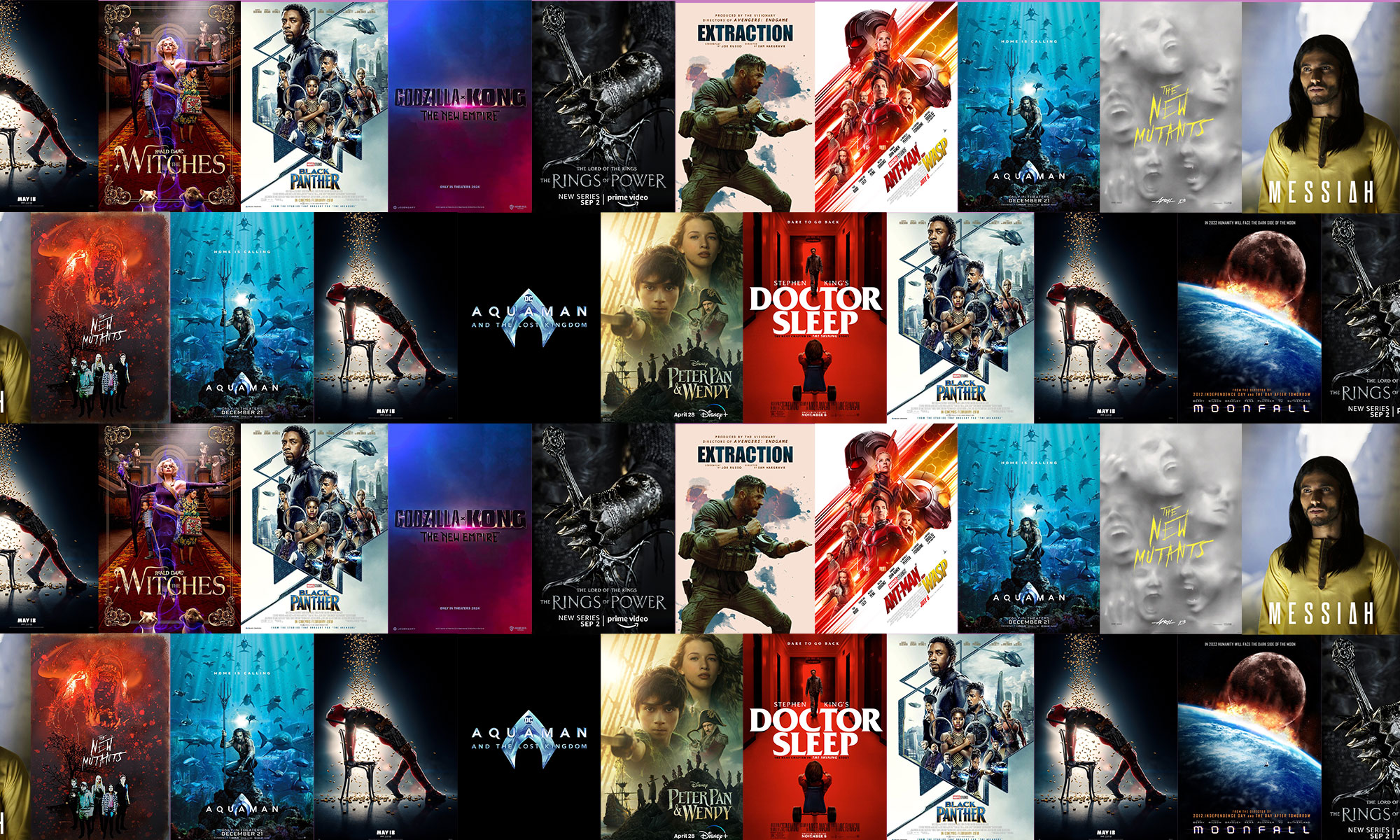Writing scenes for VFX can be hard. This is especially true if you’re not a VFX artist yourself and there’s a limited budget.
As an artist I’ve been fortunate enough to create VFX for everything from micro budget short films to some of the biggest super hero movies in history. Over time I’ve noticed some common mistakes by film makers as well as some decisions that result in success.
Read on for tips and pitfalls to avoid when developing your indie film for VFX
Impact
VFX can be a powerful tool to get people excited about watching your film but your shots have to carry visual and emotional impact. If you’re on a budget try to write your script to include one to three high impact VFX scenes. This usually includes one at the beginning of the film to get people interested, one in the middle to help develop the story and then one at the end as part of the climax of the film.
Visibility
To have an impact your VFX elements have to be visible. This sounds obvious but it’s easy to shoot in such a way that the VFX get lost in the shuffle. Here are some pitfalls to avoid:
- Too much motion blur – if your camera speed or action is too fast, the VFX elements will be a giant blur. It’s best to plan this out ahead of time so the elements will move at a realistic speed and be visible to the audience.
- Shot length is too short – if you’re spending a lot of time and effort creating a cool VFX element make sure it gets enough screen time. Fast cutting can be fun but it can also hide your VFX.
- Too far from camera – if an element is too small the audience can’t see all the cool detail and work put into it. Make sure to get close enough to camera, but not too close (see render times below).
- Unflattering angles – odd or glancing angles can really hide your vfx so be sure to choreograph your scenes with this in mind.
- VFX elements are out of frame – this often occurs with fx that aren’t present on set, such as a creature or a 3d vehicle. Consider using a standin to visualize the shape and height of the element, such as an actor or a person holding a stick with a tennis ball at the end.
- Avoid “invisible” VFX – if you’re on a budget it’s best to avoid spending time and money on VFX that aren’t visible to the audience such as paint outs, mundane set extensions, sign replacements, etc. Instead, try to spend money on VFX that people will get excited about.
- Obstructions – make sure there’s not a crowd of people running around in front of the expensive CGI robot you’ve created
- Shallow DOF – Shallow depth of field is great if the camera is focusing on the VFX element, however if it’s in the foreground or background it will be blurred out.
Storytelling
The purpose of VFX is to help you tell a story. One of the biggest mistakes by film makers is trying to “wow” the audience by including an extraneous VFX scene. This doesn’t work because it inevitably feels unnatural and takes the audience out of the experience. If you can delete the VFX scene and still have the story work you probably need to rewrite the script.
Similarly, if you’ve written a bad script don’t expect an awesome VFX scene to save it. If you wouldn’t expect the audience to like your film without VFX, you need to work on the storytelling.
Beauty
Be very careful about making something too ugly or unpleasant to look at. This commonly occurs in scenes with gore, extreme violence or horror elements. This is tricky because people often like disgusting or scary things, but the best examples of this such as the xenomorph in alien have a definite cool factor and are also really well designed. If something is really gross but not cool then people won’t want to look at it.
Lighting
Lighting is very important not just for film making but also for VFX. Most VFX scenes should be relatively dark because it’s more dramatic, however if it’s too dark the VFX won’t be visible. Also consider the lights in the scene and how they would look on the element.
If you’re on a budget I would highly recommend avoiding daylight VFX scenes. It’s much harder to make them look good and you probably won’t get as good of a result.
HDRIs
If you want well lit CGI it’s highly recommended you learn to shoot HDRIs on set.
Stock Models
If you’re an indie filmmaker you should avoid the impulse to buy stock models from online marketplaces. It may seem cheaper but you won’t be getting something unique to your film. If you want a creature or a spaceship, find someone who can design and build them custom just for you. Devoting time and money to craftsmanship will pay off in the end.
Storyboarding
Storyboarding helps tremendously with designing and visualizing your scenes as well as figuring out how challenging the vfx will be. If you can’t draw it’s well worth learning. Storyboards don’t have to be beautiful, they just have to communicate what the scene will look like. They can also help you maintain continuity and discover problems before you shoot.
Shotlists
As you’re developing scenes it’s a good idea to keep a list of VFX shots with descriptions of the elements involved. This could include 2d elements such as stock footage (smoke, fire, muzzle flashes, etc.) and 3d elements such as creatures, spaceships, 3d environments, etc.
Try to answer questions with your shotlist. How close to camera is it? What is the action? How much of the element is visible? Is it out of focus? etc. etc.
Render Times
VFX has to be rendered to create the images that are composited into the footage. Render times can run anywhere from 10 minutes to hours or even days per frame. At 24 frames per second this can really add up. Ideally you want visually impressive VFX that are efficient to render, so try to avoid the following.
Environments
the more screen space your 3d elements take up, the longer they will take to render. Full 3d environments take up the entire frame so the render times will tend to skyrocket.
Extreme Closeups
Just like environments, extreme close up shots of spaceships, creatures, vehicles, etc. will eat up render time. They also take a lot more time for a VFX artist to create because they have to look good that close to camera.
Concept Art
Hiring a concept artist can be the best decision you make as a film maker. A good artist can help you develop your ideas into something truly phenomenal that works in the context of the film.
Gimmicks
Planning a scene with a glowing blue thing in it? You’re probably creating a gimmick.
A gimmick is an easily reproducible idea that’s often been done before. If someone could easily copy your VFX element then it’s probably a gimmick. The cure for gimmicks is craftsmanship so try to take your idea and figure out how to put enough thought and work into it so it’s really hard for someone else to pull off.
It usually helps to think really hard about how the effect, creature or prop would work in real life under real laws of physics. Try giving it some history. Ask where it came from or how it evolved. If it’s a creature, what does it eat? How does it reproduce? For a spaceship how was it manufactured? How old is it? Would it be clean or dirty? etc. etc. These questions can help overcome gimmickry and lead to good design.

